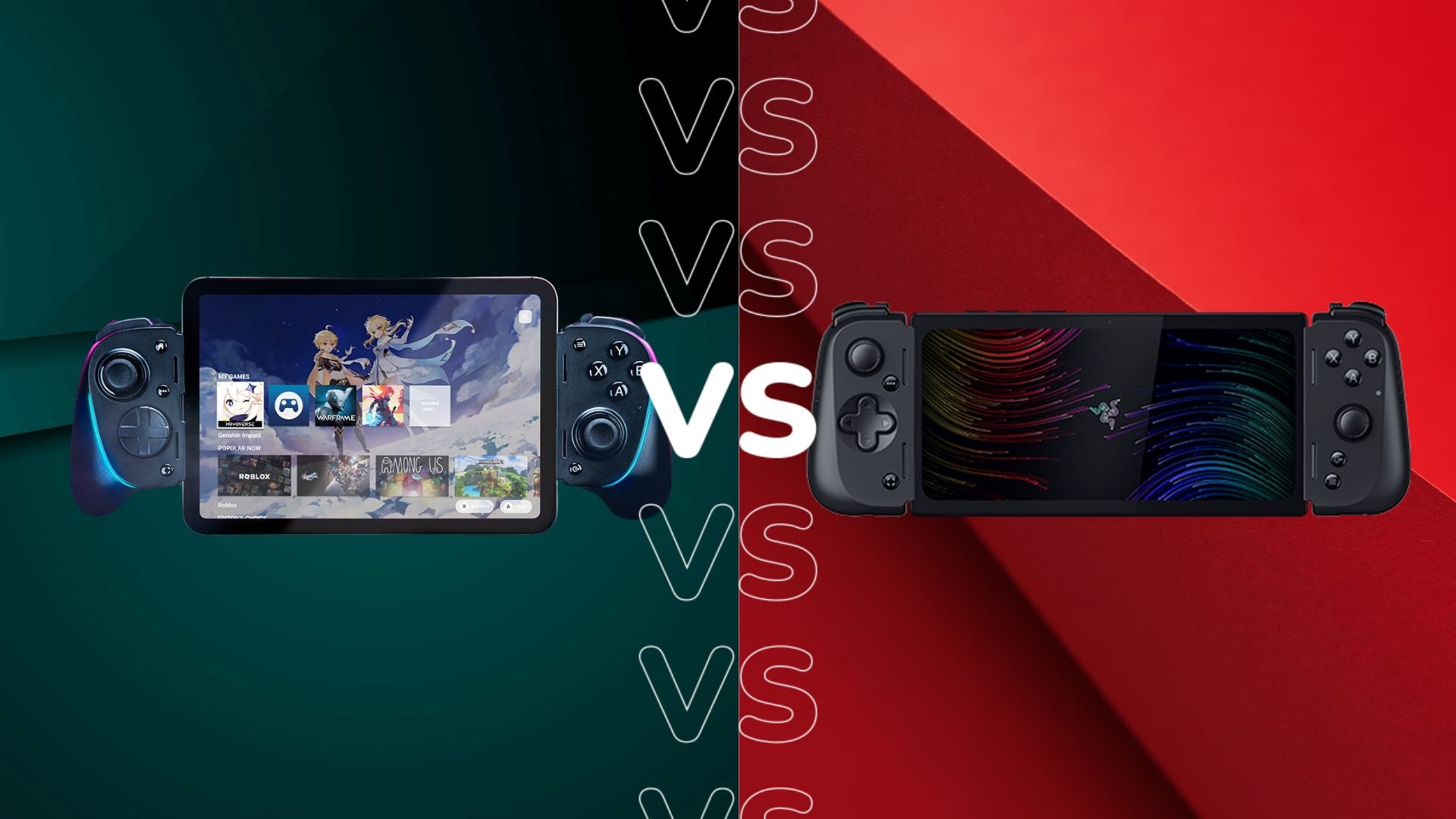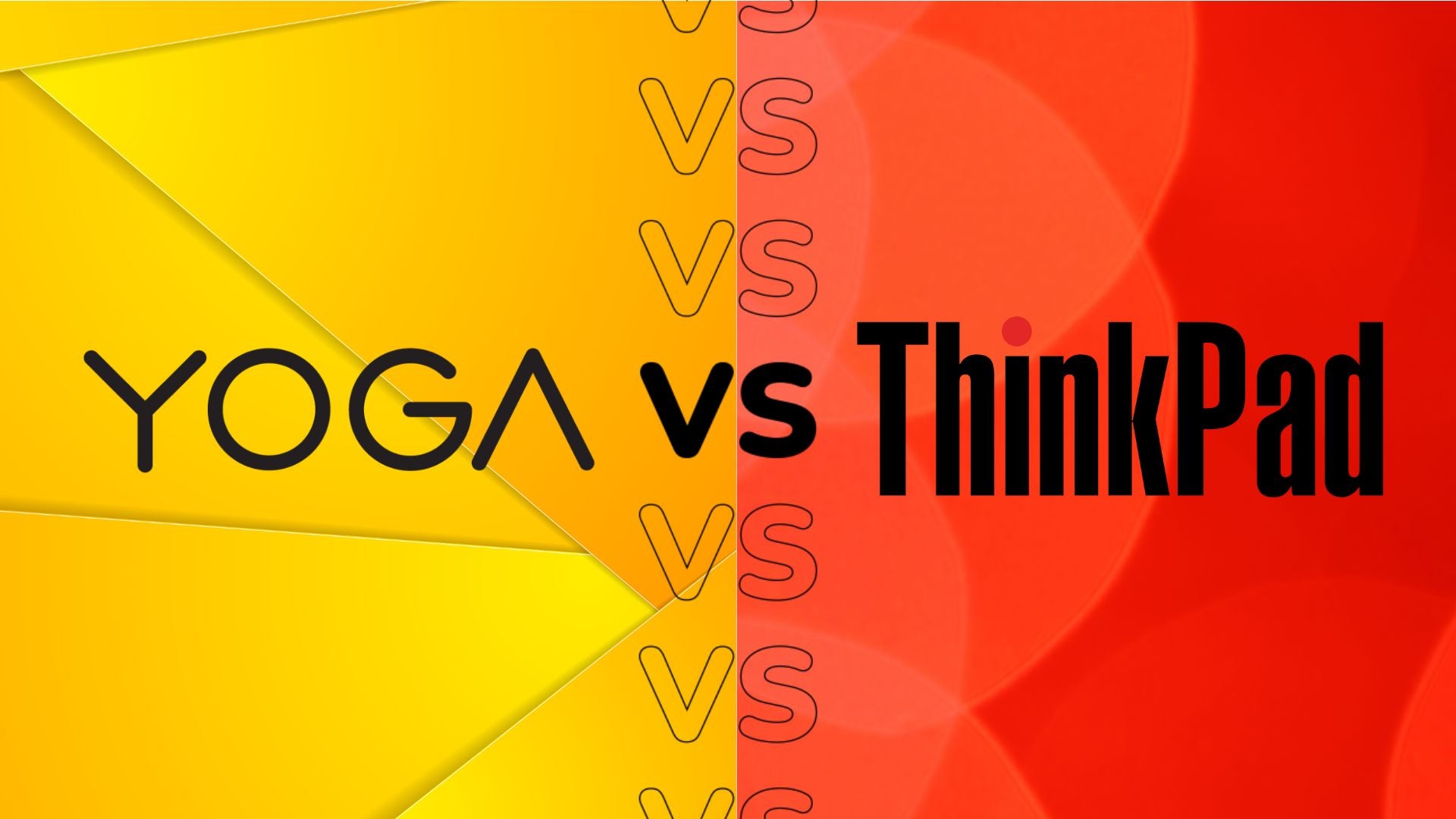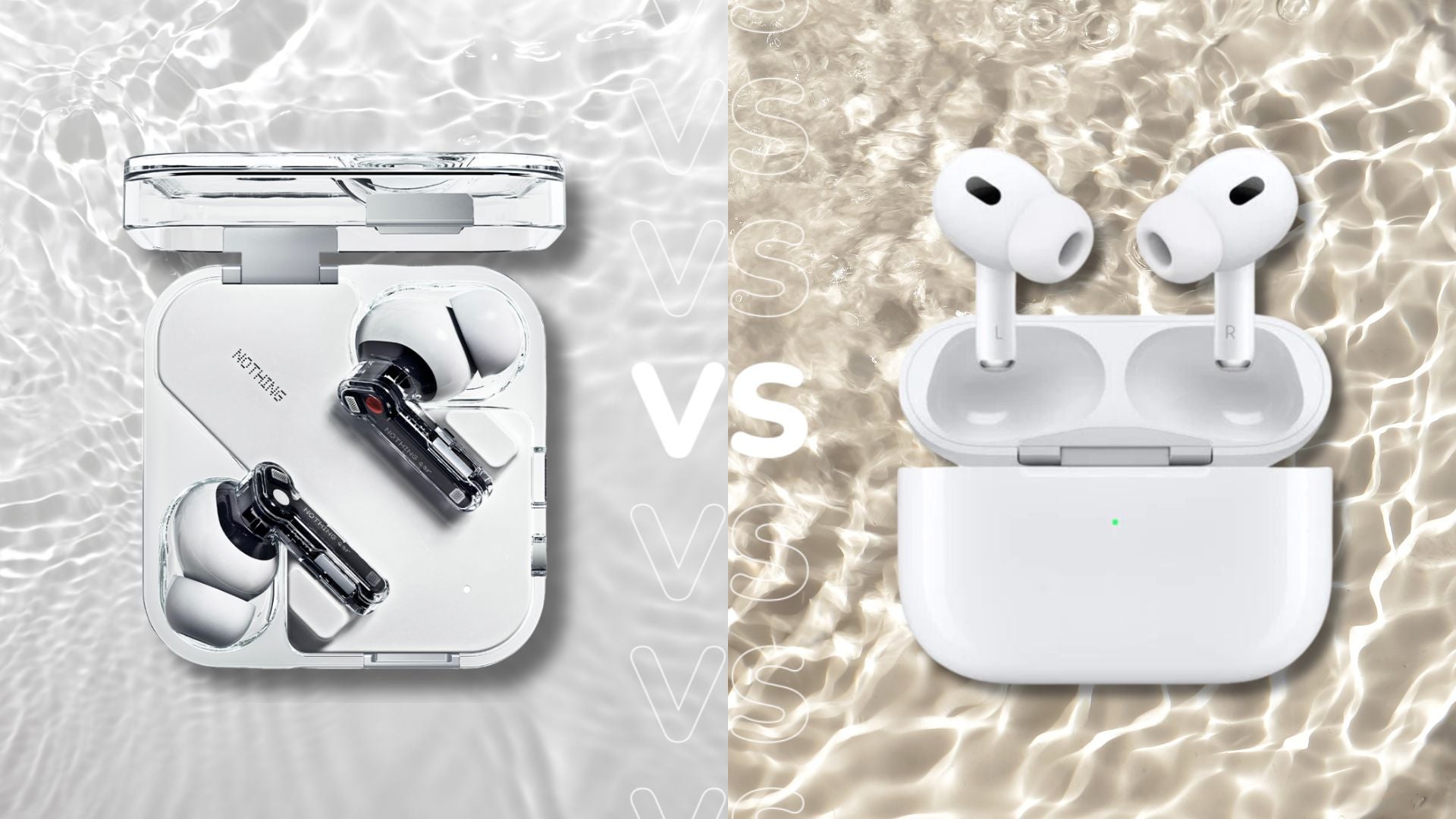Nothing Ear (1) vs Nothing Ear (Stick): What are the differences?
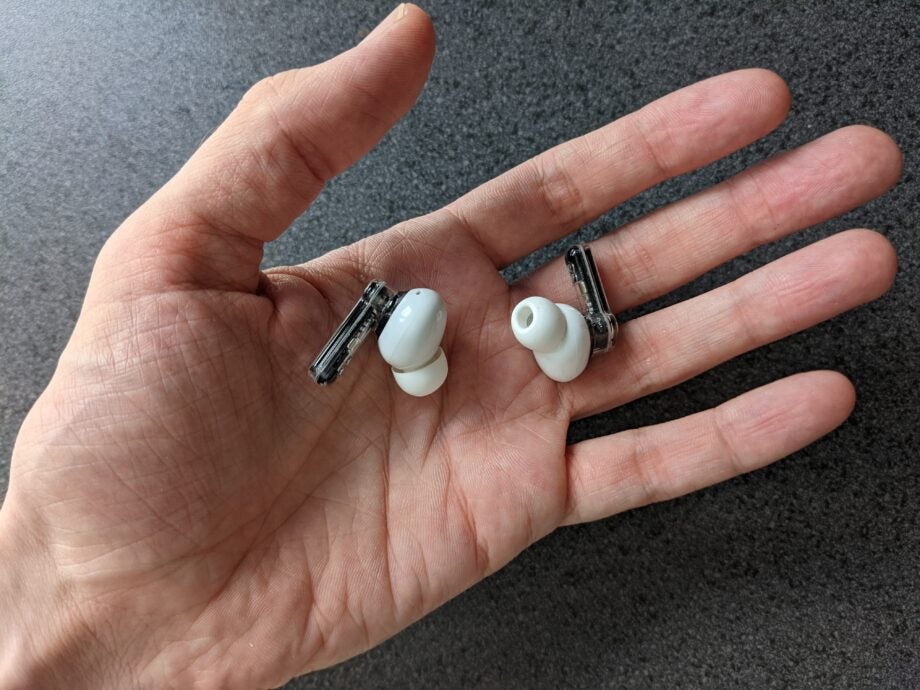
Nothing now has two pairs of headphones to complement its smartphone with the Nothing Ear (Stick). But how do they compare to the Nothing Ear (1)?
Nothing released its first product in the Nothing Ear (1) in 2020, the tech brand branched out further with its Nothing Phone (1) and another pair of earbuds in October, the Nothing Stick (1).
The Nothing Ear Stick (1) is available to purchase for £99 from 4th November 2022. They’ll be available directly from the Nothing site as well as from third-party retailers.
With two different earbud options, the question to ask is how do they differ?. Read on to find out some of the key differences between these two audio products so you can see which is best for you.
The Nothing Ear (1) has ANC support
The Nothing Ear (1) comes with support for Active Noise Cancellation. ANC helps to clear away external noise by using microphones within the earbud to cancel out noises around the listener.
In our review of the Ear (1), we felt the ANC was effective in reducing noise like traffic on the bus and the sound of the wind while running. However, it did fall short in some noisy environments, like when used on the London Underground.
Unlike the Ear (1), the Stick (1) does not feature ANC, suggesting it won’t be as effective at blocking out external noise, making the Stick (1) less appealing to those who are looking for effective noise cancellation.
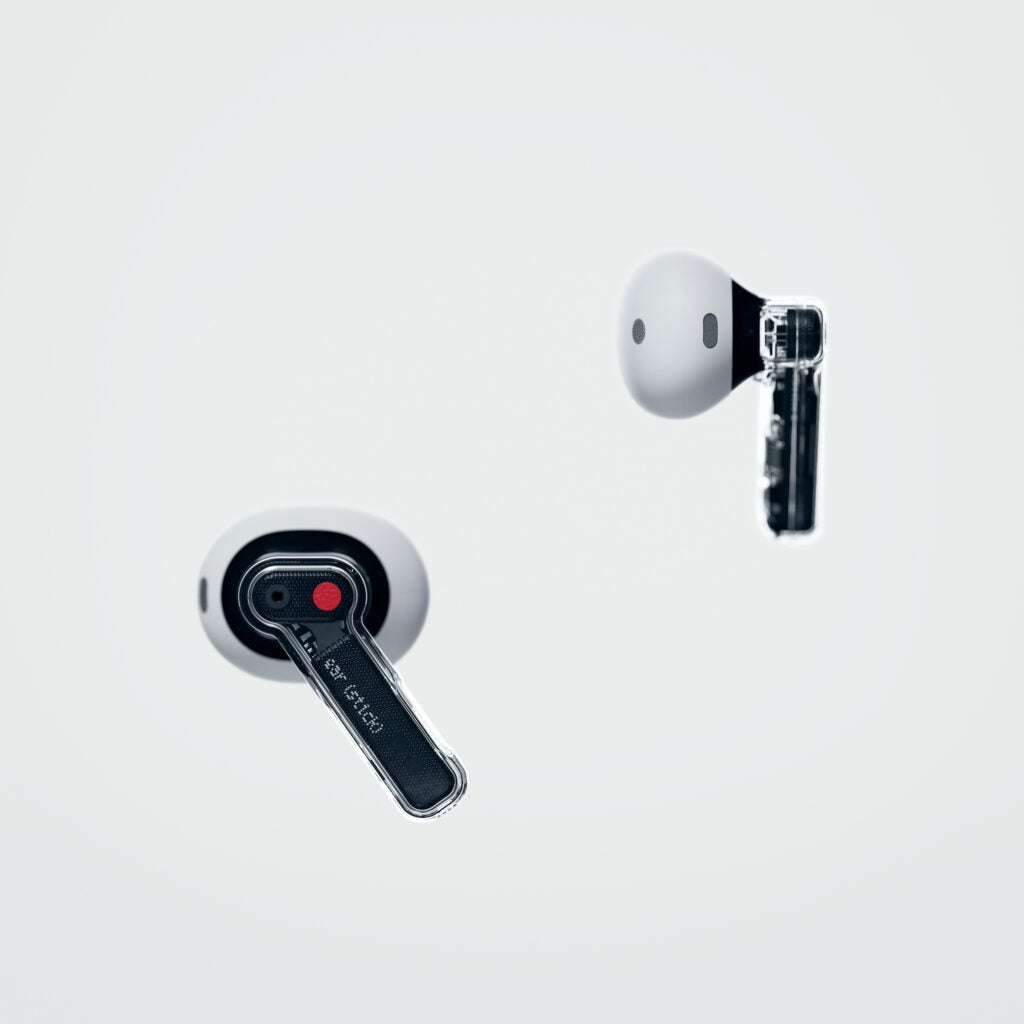
The Ear Stick (1) has larger drivers
Nothing has confirmed that the Stick (1) comes with custom dynamic drivers at 12.6mm in size. Meanwhile, the Ear (1) comes with 11.8mm drivers.
Drivers convert electrical signals into sounds, creating audio in your ear. Generally, larger drivers mean that they can create a louder, bigger sound, but the difference in the design of the earbuds is the biggest differentiator in how they sound.
The Ear Stick integrates more seamlessly with the Phone (1)
Since the Phone (1) came out after the Ear (1), there were no features added to integrate the two devices. Now, Nothing claims the Phone (1) comes with all the device settings and features for the Ear Stick (1) within Device Details.
Users can customise the gesture control and EQ presets via Quick Settings, which should make the Ear Stick (1) more fluid to use alongside the Nothing handset. The company has also come out with a new app, Nothing X, for people who want to use Nothing earbuds on other Android or iOS devices.
The Ear Stick (1) has a longer battery life
According to Nothing, the Stick Ear (1) has up to seven hours of listening time, with an extra 22 hours of charge in the case.
In our review of the Nothing Ear (1), we noted that these earbuds could last just under six hours without ANC and four hours when ANC was enabled. However, the charging case does seem to pack more power, with up to 34 hours (without ANC) and 24 hours (with ANC).
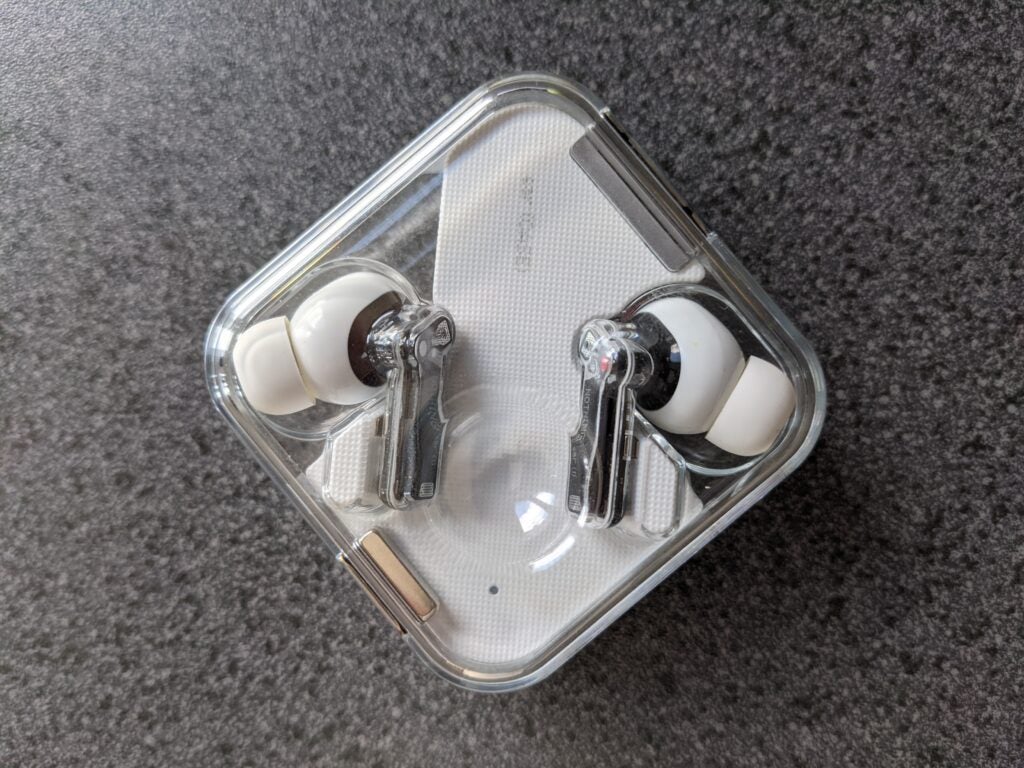
The Ear Stick (1) takes on a different look
Nothing has redesigned the Ear Stick (1) to have a longer antenna that sits further away from the face to help minimise signal blockage. Moreover, if you’re gaming with these earbuds and the Phone (1), they will automatically switch into Low Lag mode for a more precise sound.
Low Lag is not featured on the Ear (1) and our review noted they did disconnect a few times during use. While this only happened for a second or two it was one of the few issues we experienced during our time using them, so it would be ideal if the Stick Ear (1) could fix this issue.



